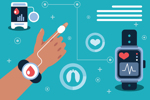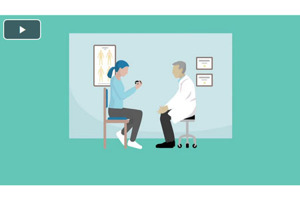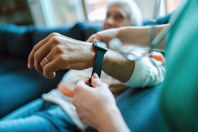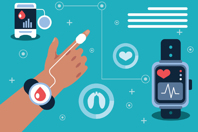CLINICAL TRIAL WEARABLES & SENSORS INSIGHTS
-
Digital Measurement Of Nocturnal Scratch In Atopic Dermatitis
A major challenge in managing atopic dermatitis (AD) is the lack of objective tools to measure the impact of nocturnal scratching, but new digital measurement solutions could address this gap.
-
How Wearable Devices Improve Patient Engagement In Clinical Trials
Wearables are no longer optional—they are foundational to the future of patient-centric, data-driven clinical research.
WEARABLES & SENSORS RESOURCES
-
Wearable digital health technologies (DHTs) are transforming cardiovascular health monitoring by enabling continuous, real-world assessment through optical sensors like photoplethysmography (PPG).
-
As wearables unleash new possibilities, the industry will need an effective strategy to utilize these useful tools. Consider these tips when incorporating wearables in a clinical study.
-
Here, we analyze the current landscape of obesity management, underscoring the critical need for comprehensive approaches that prioritize overall well-being beyond simple weight reduction.
-
Wearables are no longer optional—they are foundational to the future of patient-centric, data-driven clinical research.
-
Wearable DHTs offer a solution to the challenges of measuring Parkinson's disease in clinical trials. Discover how these technologies can improve outcome measures and accelerate drug development.
-
Modernizing symptom monitoring is essential to improving clinical trial quality, and these tools deliver richer, more accurate data that can help close information gaps.
-
The DECODE-Nocturnal Scratch group, launched in November 2023, aims to introduce a purpose-built digital measure of nocturnal scratching to enhance patient-focused drug development in dermatology and provide deeper clinical insights.























